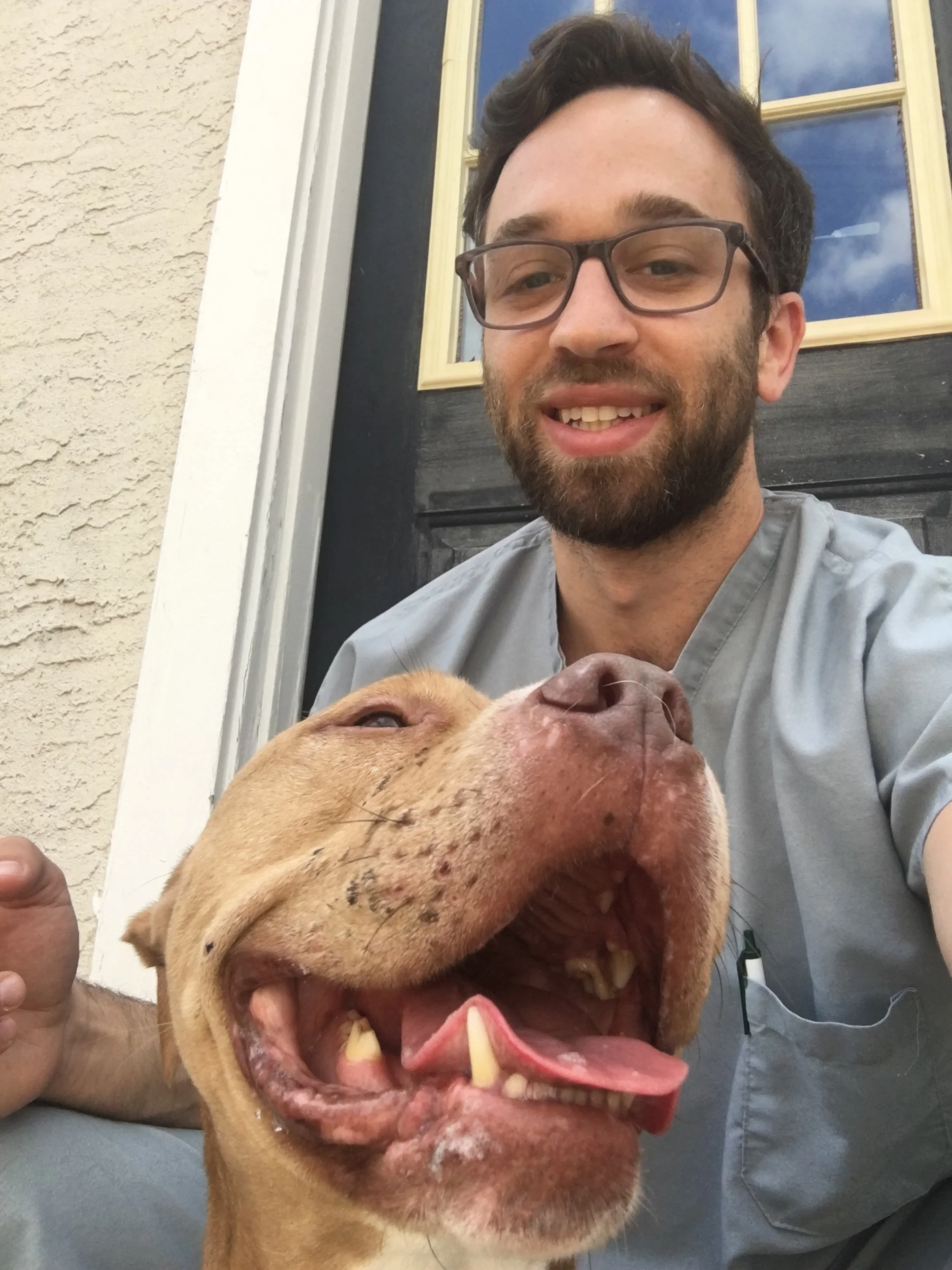Most pet owners have had their animal taken to “The Back”. It’s a mysterious place in a veterinary hospital that most owners have never seen. As the doors close, pets (and owners) may become anxious and nervous about being separated from their loved ones. But what really happens in The Back?
The Back, also called “Treatment,” is an area of the hospital where in-depth examinations and treatments happen. From a more specific examination to blood draws to anal gland expressions, it is a place for the doctor to perform their service in an efficient and thorough manner.
This is an area of the hospital that is used to examine, diagnose and treat your pet. It is larger than the common consultation room. There are generally multiple exam tables, lab machines, x-ray equipment and other devices that vets use to aid in improving your animals’ health.
In The Back there are also extra veterinary team members that hold animals still while the doctor is assessing and treating your pet. While we would all love our clients to hold their own animals, veterinary technicians are skilled in protecting your pet and the veterinarian from injury.
The treatment area can also be quieter than the rest of the clinic or hospital. This allows the veterinarian to have a closer listen to your animals heart and lungs. Being in a quiet environment may also calm your pet.
Always keep in mind that we want what’s best for your animals; their health is our priority. If you’ve never seen The Back of your veterinarian’s hospital, ask for a tour. Most hospitals are more than willing to show off where all the magic happens.







